-
 Bitcoin
Bitcoin $108,562.4295
0.46% -
 Ethereum
Ethereum $2,533.9553
1.52% -
 Tether USDt
Tether USDt $1.0002
-0.01% -
 XRP
XRP $2.2542
2.23% -
 BNB
BNB $662.4567
1.48% -
 Solana
Solana $151.4114
3.48% -
 USDC
USDC $0.9999
0.00% -
 TRON
TRON $0.2860
0.91% -
 Dogecoin
Dogecoin $0.1685
3.72% -
 Cardano
Cardano $0.5809
1.63% -
 Hyperliquid
Hyperliquid $39.2916
1.85% -
 Sui
Sui $2.8874
0.85% -
 Bitcoin Cash
Bitcoin Cash $496.5801
2.72% -
 Chainlink
Chainlink $13.3582
2.48% -
 UNUS SED LEO
UNUS SED LEO $9.0279
0.07% -
 Avalanche
Avalanche $18.0773
2.30% -
 Stellar
Stellar $0.2426
3.05% -
 Toncoin
Toncoin $2.9086
6.01% -
 Shiba Inu
Shiba Inu $0.0...01170
2.97% -
 Hedera
Hedera $0.1587
3.47% -
 Litecoin
Litecoin $87.4596
1.13% -
 Monero
Monero $317.0425
0.73% -
 Polkadot
Polkadot $3.3778
1.90% -
 Dai
Dai $0.9999
-0.01% -
 Ethena USDe
Ethena USDe $1.0001
-0.01% -
 Bitget Token
Bitget Token $4.4095
0.63% -
 Uniswap
Uniswap $7.3593
6.80% -
 Pepe
Pepe $0.0...09910
3.64% -
 Aave
Aave $274.7388
2.68% -
 Pi
Pi $0.4607
0.48%
How to trade perpetual contracts on Bitfinex?
Trading perpetual contracts on Bitfinex involves setting up an account, funding it with crypto, understanding contract features like no expiry and funding rates, and managing positions effectively.
Apr 15, 2025 at 11:56 am
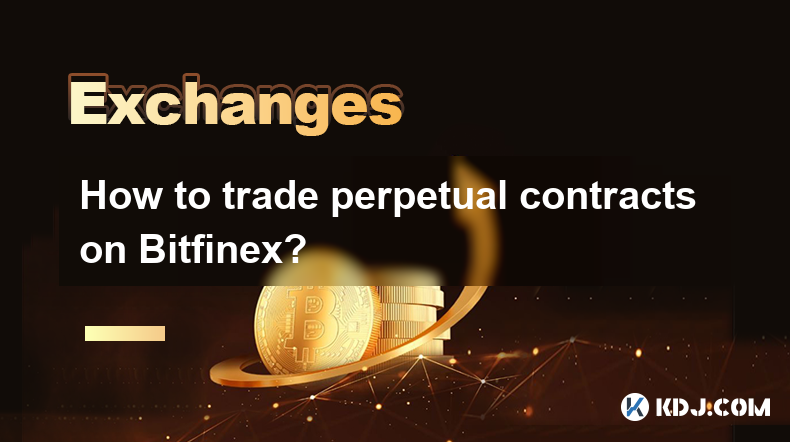
Trading perpetual contracts on Bitfinex can be an exciting and potentially profitable venture for those interested in the cryptocurrency market. Perpetual contracts are a type of futures contract with no expiry date, allowing traders to speculate on the price of cryptocurrencies without owning the underlying asset. In this article, we will walk you through the detailed steps and considerations necessary to start trading perpetual contracts on Bitfinex.
Setting Up Your Bitfinex Account
Before you can start trading perpetual contracts, you need to have a Bitfinex account. If you don't have one yet, here's how to set it up:
- Visit the Bitfinex website and click on the "Sign Up" button.
- Fill in your personal information including your email address, a strong password, and any other required details.
- Verify your email address by clicking on the confirmation link sent to your inbox.
- Complete the KYC (Know Your Customer) process by uploading the required documents such as a government-issued ID and proof of address. This step is crucial for compliance with regulatory requirements.
- Enable two-factor authentication (2FA) for added security. You can use apps like Google Authenticator or Authy to set this up.
Once your account is set up and verified, you are ready to fund your account and start trading.
Funding Your Account
To trade perpetual contracts, you'll need to deposit funds into your Bitfinex account. Here’s how to do it:
- Navigate to the "Deposit" section on the Bitfinex platform.
- Choose the cryptocurrency you wish to deposit. Bitfinex supports a wide range of cryptocurrencies.
- Generate a deposit address by clicking on the "New Address" button. Copy this address carefully.
- Transfer the desired amount of cryptocurrency from your personal wallet to the generated Bitfinex deposit address.
- Wait for the transaction to be confirmed on the blockchain. The time it takes can vary depending on the cryptocurrency and network congestion.
Once your funds are available in your Bitfinex account, you can move on to trading perpetual contracts.
Understanding Perpetual Contracts on Bitfinex
Before you start trading, it's important to understand how perpetual contracts work on Bitfinex. Perpetual contracts on Bitfinex are similar to traditional futures but with key differences:
- No Expiry Date: Unlike standard futures contracts, perpetual contracts do not have an expiration date, allowing traders to hold positions indefinitely.
- Funding Rates: To keep the perpetual contract price aligned with the spot price, a funding rate is periodically exchanged between long and short positions. If the funding rate is positive, long positions pay short positions, and vice versa if it's negative.
- Leverage: Bitfinex offers up to 10x leverage on perpetual contracts, allowing traders to amplify their exposure to the market.
Understanding these features will help you make more informed trading decisions.
Placing a Perpetual Contract Trade
Now that you have a funded account and understand the basics of perpetual contracts, here's how to place a trade:
- Navigate to the "Trading" section on Bitfinex and select the "Perpetual" tab.
- Choose the cryptocurrency pair you want to trade, such as BTC/USD or ETH/USD.
- Select the order type. Bitfinex offers various order types, including Market, Limit, and Stop orders. For beginners, a Market Order might be the simplest as it executes the trade at the current market price.
- Enter the amount you want to trade. Remember that with leverage, you can control a larger position with a smaller amount of capital.
- Review your order details carefully, including the leverage, amount, and order type.
- Click "Buy" or "Sell" to execute the order.
Once your order is filled, you'll see your position reflected in your trading account.
Managing Your Positions
After opening a position, it's crucial to manage it effectively to maximize your potential returns and minimize risks. Here are some tips:
- Monitor the Funding Rate: Keep an eye on the funding rate, as it can impact your position's profitability. If the rate is high and you're in a long position, you might need to pay a significant amount to short traders.
- Use Stop Loss and Take Profit Orders: These orders can help you automate your risk management. A Stop Loss order will automatically close your position if the market moves against you by a certain amount, while a Take Profit order will close your position once it reaches a specified profit level.
- Adjust Leverage: If the market is highly volatile, you might want to reduce your leverage to lower your risk exposure.
By actively managing your positions, you can better navigate the ups and downs of the cryptocurrency market.
Closing Your Position
When you're ready to close your position, follow these steps:
- Navigate to the "Positions" section on Bitfinex.
- Select the position you wish to close.
- Choose the order type for closing the position. You can use a Market Order to close it immediately at the current market price or a Limit Order to specify a desired price.
- Enter the amount you want to close. If you want to close the entire position, select "Close Position."
- Review your order details and click "Close Position" to execute the order.
Once your position is closed, the funds will be reflected in your account balance.
Frequently Asked Questions
Q: Can I trade perpetual contracts on Bitfinex with fiat currency?
A: No, Bitfinex does not currently support trading perpetual contracts with fiat currency. You need to deposit cryptocurrencies to trade these contracts.
Q: What is the minimum amount required to trade perpetual contracts on Bitfinex?
A: The minimum amount can vary depending on the cryptocurrency pair you're trading. It's best to check the specific requirements for each pair on the Bitfinex platform.
Q: How often does Bitfinex calculate the funding rate for perpetual contracts?
A: Bitfinex calculates the funding rate every eight hours. It's important to keep track of these times to understand the potential impact on your positions.
Q: Is it possible to trade perpetual contracts on Bitfinex using a mobile app?
A: Yes, Bitfinex offers a mobile app that allows you to trade perpetual contracts on the go. You can download the app from the App Store or Google Play and log in with your existing Bitfinex account.
Disclaimer:info@kdj.com
The information provided is not trading advice. kdj.com does not assume any responsibility for any investments made based on the information provided in this article. Cryptocurrencies are highly volatile and it is highly recommended that you invest with caution after thorough research!
If you believe that the content used on this website infringes your copyright, please contact us immediately (info@kdj.com) and we will delete it promptly.
- BNB, Binance, and CZ: What's the Buzz?
- 2025-07-07 06:50:12
- Hedera Hashgraph: ETF Buzz and Bullish Charts – HBAR to the Moon?
- 2025-07-07 06:30:12
- BlockDAG, Pi Network, and SUI Stable: Navigating the Crypto Landscape in '25
- 2025-07-07 07:10:13
- SYRUP Token's Sweet Ascent: TVL Surges and DeFi Growth on Maple Finance
- 2025-07-07 07:15:13
- Bitcoin, Listed Companies, and ETFs: A New York Minute on Crypto Trends
- 2025-07-07 06:30:12
- Stablecoins, Redot Pay, and Korea: A Glimpse into the Future of Payments
- 2025-07-07 07:20:14
Related knowledge
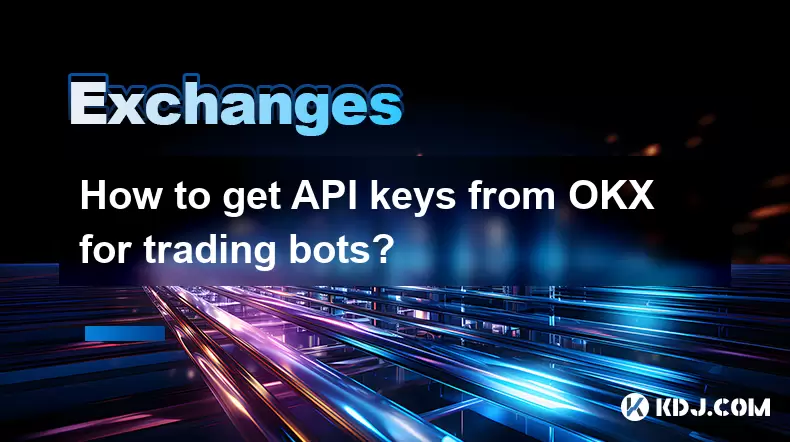
How to get API keys from OKX for trading bots?
Jul 03,2025 at 07:07am
Understanding API Keys on OKXTo interact with the OKX exchange programmatically, especially for building or running trading bots, you need to obtain an API key. An API (Application Programming Interface) key acts as a secure token that allows your bot to communicate with the exchange's servers. On OKX, these keys come with customizable permissions such ...
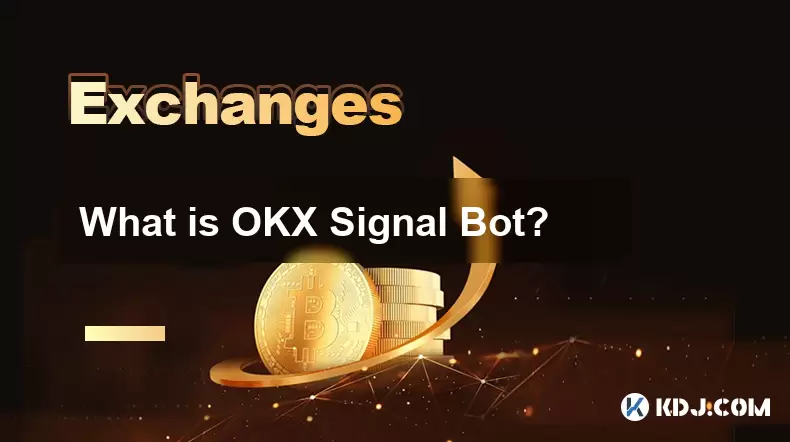
What is OKX Signal Bot?
Jul 02,2025 at 11:01pm
Understanding the Basics of OKX Signal BotThe OKX Signal Bot is a feature within the OKX ecosystem that provides users with automated trading signals and execution capabilities. Designed for both novice and experienced traders, this bot helps identify potential trading opportunities by analyzing market trends, technical indicators, and historical data. ...
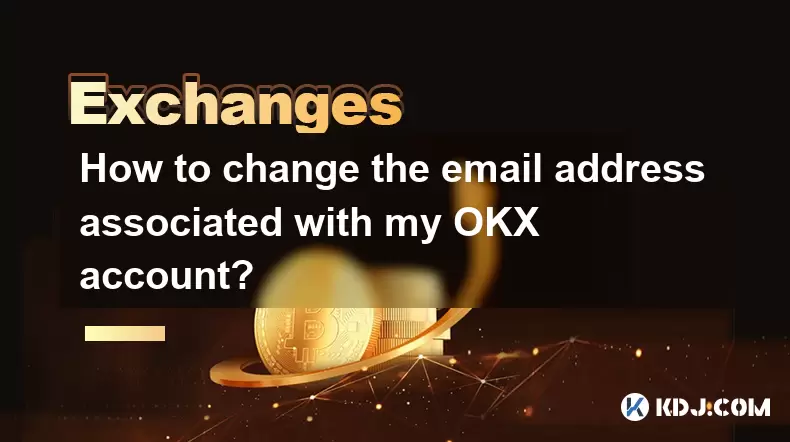
How to change the email address associated with my OKX account?
Jul 07,2025 at 08:07am
How to Change the Email Address Associated with My OKX Account?Changing the email address associated with your OKX account is a crucial process that ensures you maintain control over your digital assets and account security. Many users may find themselves needing to update their registered email due to various personal or technical reasons, such as swit...
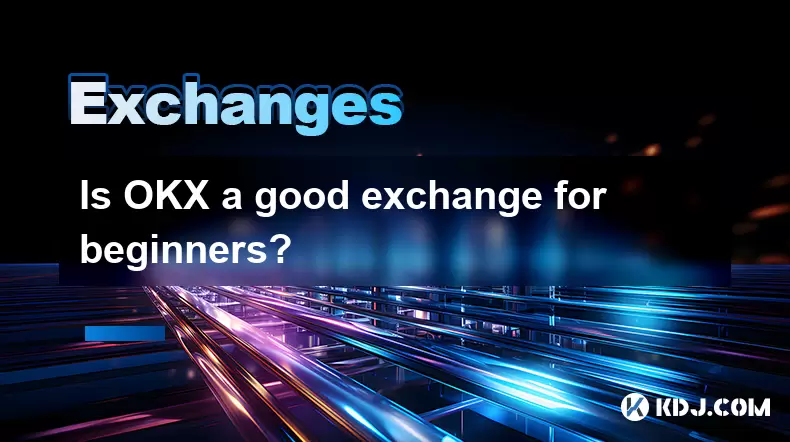
Is OKX a good exchange for beginners?
Jul 03,2025 at 05:00pm
What Is OKX and Why Is It Popular?OKX is one of the leading cryptocurrency exchanges globally, known for its robust trading infrastructure and a wide variety of digital assets available for trading. It supports over 300 cryptocurrencies, including major ones like Bitcoin (BTC), Ethereum (ETH), and Solana (SOL). The platform has gained popularity not onl...
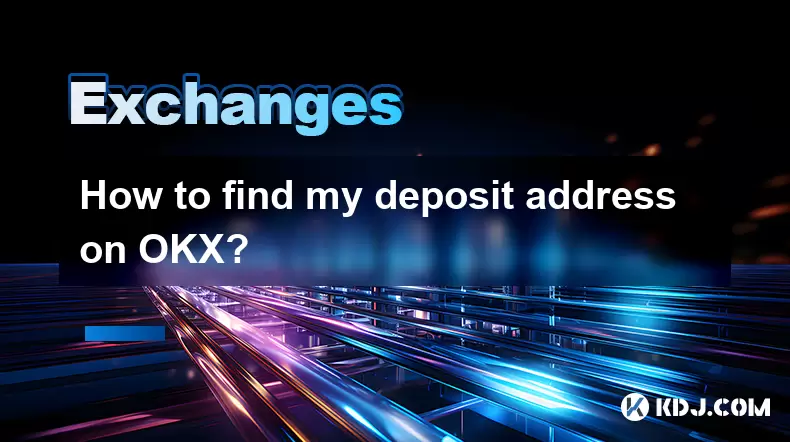
How to find my deposit address on OKX?
Jul 06,2025 at 02:28am
What is a Deposit Address on OKX?A deposit address on OKX is a unique alphanumeric identifier that allows users to receive cryptocurrencies into their OKX wallet. Each cryptocurrency has its own distinct deposit address, and using the correct one is crucial to ensure funds are received properly. If you're looking to transfer digital assets from another ...
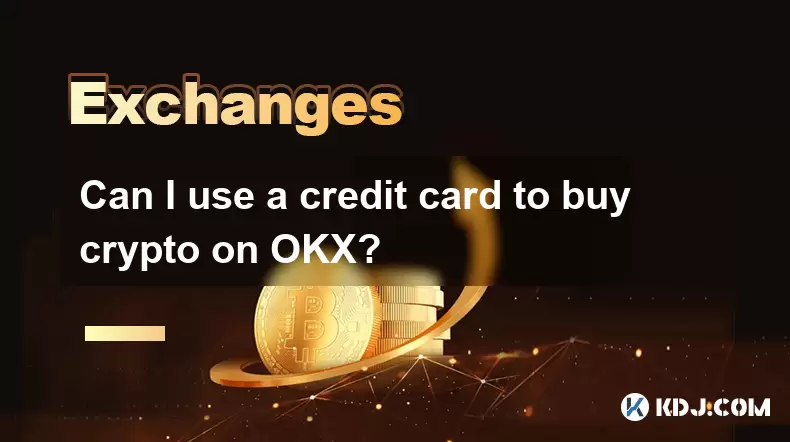
Can I use a credit card to buy crypto on OKX?
Jul 04,2025 at 04:28am
Understanding OKX and Credit Card PaymentsOKX is one of the leading cryptocurrency exchanges globally, offering a wide range of services including spot trading, derivatives, staking, and more. Users often wonder whether they can use a credit card to buy crypto on OKX, especially if they are new to the platform or looking for quick ways to enter the mark...

How to get API keys from OKX for trading bots?
Jul 03,2025 at 07:07am
Understanding API Keys on OKXTo interact with the OKX exchange programmatically, especially for building or running trading bots, you need to obtain an API key. An API (Application Programming Interface) key acts as a secure token that allows your bot to communicate with the exchange's servers. On OKX, these keys come with customizable permissions such ...

What is OKX Signal Bot?
Jul 02,2025 at 11:01pm
Understanding the Basics of OKX Signal BotThe OKX Signal Bot is a feature within the OKX ecosystem that provides users with automated trading signals and execution capabilities. Designed for both novice and experienced traders, this bot helps identify potential trading opportunities by analyzing market trends, technical indicators, and historical data. ...

How to change the email address associated with my OKX account?
Jul 07,2025 at 08:07am
How to Change the Email Address Associated with My OKX Account?Changing the email address associated with your OKX account is a crucial process that ensures you maintain control over your digital assets and account security. Many users may find themselves needing to update their registered email due to various personal or technical reasons, such as swit...

Is OKX a good exchange for beginners?
Jul 03,2025 at 05:00pm
What Is OKX and Why Is It Popular?OKX is one of the leading cryptocurrency exchanges globally, known for its robust trading infrastructure and a wide variety of digital assets available for trading. It supports over 300 cryptocurrencies, including major ones like Bitcoin (BTC), Ethereum (ETH), and Solana (SOL). The platform has gained popularity not onl...

How to find my deposit address on OKX?
Jul 06,2025 at 02:28am
What is a Deposit Address on OKX?A deposit address on OKX is a unique alphanumeric identifier that allows users to receive cryptocurrencies into their OKX wallet. Each cryptocurrency has its own distinct deposit address, and using the correct one is crucial to ensure funds are received properly. If you're looking to transfer digital assets from another ...

Can I use a credit card to buy crypto on OKX?
Jul 04,2025 at 04:28am
Understanding OKX and Credit Card PaymentsOKX is one of the leading cryptocurrency exchanges globally, offering a wide range of services including spot trading, derivatives, staking, and more. Users often wonder whether they can use a credit card to buy crypto on OKX, especially if they are new to the platform or looking for quick ways to enter the mark...
See all articles

























































































